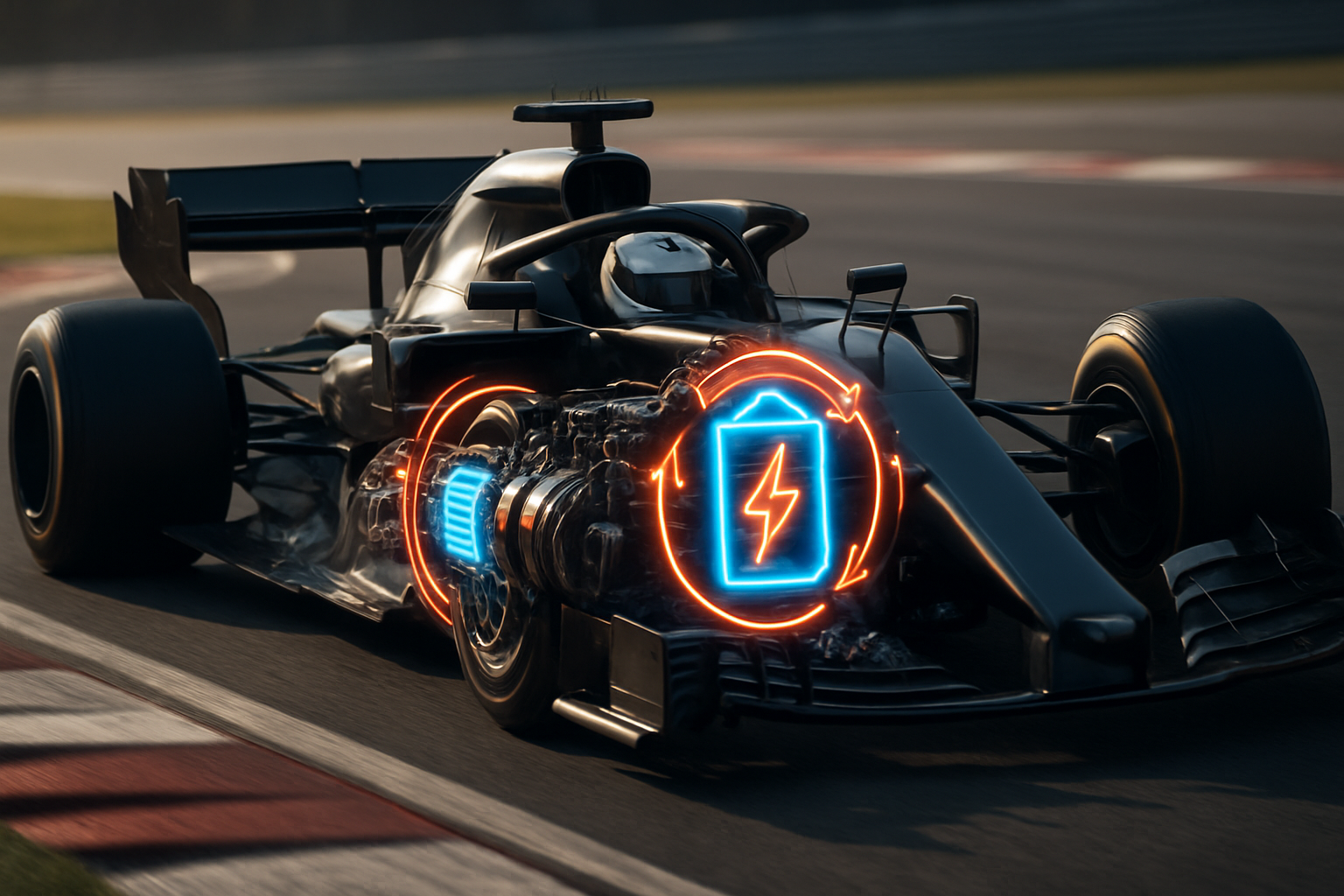Harnessing Hydrogen: The Future of High-Performance Racing
In the world of motorsports, the quest for speed and efficiency never ends. As traditional fossil fuels face increasing scrutiny, a new contender is emerging on the racing circuit: hydrogen-powered vehicles. This cutting-edge technology promises to revolutionize high-performance racing, offering a potent combination of power, sustainability, and innovation. From Formula 1 to endurance racing, hydrogen is poised to reshape the landscape of competitive motorsports, challenging our perceptions of what's possible on the track.

The push towards hydrogen in racing stems from a combination of factors. Environmental concerns, stricter emissions regulations, and the need for sustainable alternatives to fossil fuels have all played a role. However, it’s the unique properties of hydrogen that make it particularly attractive for high-performance applications.
The Science Behind Hydrogen Power
Hydrogen-powered vehicles can be broadly categorized into two types: those using hydrogen fuel cells and those utilizing hydrogen in internal combustion engines. Both approaches offer distinct advantages in a racing context.
Hydrogen fuel cells generate electricity through a chemical reaction between hydrogen and oxygen, powering electric motors. This system provides instant torque, smooth acceleration, and zero emissions. On the other hand, hydrogen internal combustion engines burn hydrogen directly, much like traditional gasoline engines, but with significantly reduced emissions.
The energy density of hydrogen is impressive, offering a weight advantage over battery-electric systems in long-distance races. Moreover, refueling a hydrogen vehicle can be as quick as filling up a conventional gas tank, addressing one of the main challenges faced by battery-electric race cars.
Challenges and Innovations
Despite its promise, implementing hydrogen technology in racing faces several hurdles. One of the primary challenges is the storage and transportation of hydrogen. As the lightest element, hydrogen requires specialized containment systems to prevent leakage and ensure safety.
Racing teams and manufacturers are developing innovative solutions to these challenges. Advanced carbon fiber tanks capable of withstanding high pressures are being engineered to safely store hydrogen onboard race cars. Refueling systems are being redesigned to handle the unique properties of hydrogen, ensuring quick and safe pit stops during races.
Another area of focus is the optimization of hydrogen engines and fuel cells for racing conditions. Engineers are working on improving power output, efficiency, and durability to meet the demanding requirements of competitive motorsports.
Hydrogen in Action: Current Racing Initiatives
Several racing series and manufacturers are already embracing hydrogen technology. The Le Mans 24 Hours, one of the most prestigious endurance races in the world, has announced plans to introduce a hydrogen class by 2024. This move has sparked interest from major automotive manufacturers, with companies like Toyota and Audi expressing their intent to develop hydrogen-powered race cars.
In off-road racing, the Dakar Rally has seen the introduction of hydrogen-powered vehicles in its Experimental class. These rugged machines are putting hydrogen technology to the test in some of the most challenging conditions on Earth, proving the viability of the technology beyond traditional circuit racing.
The Ripple Effect: From Track to Street
The development of hydrogen technology in racing has implications that extend far beyond the track. As with many automotive innovations, advancements made in the crucible of competition often find their way into consumer vehicles.
The high-performance demands of racing are driving rapid improvements in hydrogen fuel cell efficiency, storage solutions, and refueling infrastructure. These developments are helping to address some of the key barriers to widespread adoption of hydrogen vehicles in the consumer market.
Moreover, the visibility of hydrogen-powered race cars is playing a crucial role in public perception. As spectators witness these vehicles competing at the highest levels of motorsport, it helps to normalize the technology and build confidence in its potential as a viable alternative to conventional fuels.
The Road Ahead: Challenges and Opportunities
While the future of hydrogen in high-performance racing looks promising, there are still obstacles to overcome. The current lack of widespread hydrogen infrastructure remains a significant challenge, both for racing teams and potential consumer applications. However, the investment and interest from major automotive manufacturers and racing organizations are helping to drive progress in this area.
Safety concerns also need to be addressed comprehensively. While hydrogen vehicles have proven to be as safe as conventional cars in many respects, the unique properties of hydrogen require specific safety protocols and technologies, especially in the high-stress environment of competitive racing.
Conclusion: A New Era of Racing
The integration of hydrogen technology into high-performance racing marks the beginning of a new era in motorsports. It represents a convergence of cutting-edge engineering, environmental consciousness, and the enduring spirit of competition that defines racing.
As hydrogen-powered vehicles take to tracks around the world, they’re not just competing for victory; they’re driving forward a technology that could play a crucial role in the future of transportation. The roar of engines may soon be replaced by the whisper of fuel cells, but the thrill of racing will remain as intense as ever.
The journey of hydrogen in racing is just beginning, but it promises to be an exciting ride. As teams push the boundaries of what’s possible with this technology, we can expect to see remarkable innovations, breathtaking performances, and perhaps, a fundamental shift in how we perceive high-performance vehicles. The checkered flag may still be a ways off, but hydrogen is already making its mark on the world of racing.






